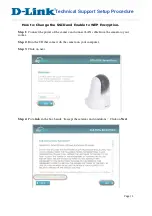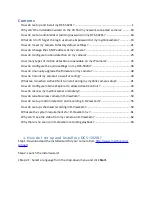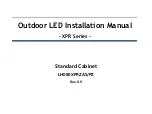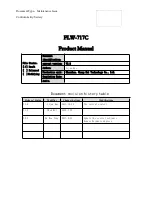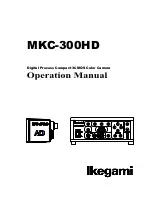
■
LC-E6E.
This is similar to the LC-E6, and also charges a single battery, but requires
a cord. That can be advantageous in certain situations. For example, if your power
outlet is behind a desk or in some other semi-inaccessible location, the cord can be
plugged in and routed so the charger itself sits on your desk or another more con-
venient spot. The cord is standard and works with many different chargers and
devices (including the power supply for my laptop), so I purchased several of them
and leave them plugged into the wall in various locations. I can connect my 60D’s
charger, my laptop computer’s charger, and several other electronic components to
one of these cords without needing to crawl around behind the furniture. The cord
draws no power when it’s
not plugged into a charger
. Unhook the charger from the
cord when you’re not actively rejuvenating your batteries.
■
Car Battery Cable CBC-E6.
It includes the Car Battery Cable CB-570 (plug into
your vehicle’s lighter or accessory socket). The vehicle battery option allows you to
keep shooting when in remote locations that lack AC power.
■
Battery Grip BG-E9.
This accessory holds one or two LC-E6 batteries (or six AA
cells with the BGM-E6 battery holder). You can potentially double your shooting
capacity, while adding an additional shutter release, Main Dial, AE lock/FE lock,
and AF point selection controls for vertically oriented shooting.
■
AC Adapter Kit ACK-E6.
As I mentioned earlier, this device allows you to oper-
ate your EOS 60D directly from AC power, with no battery required. Studio pho-
tographers need this capability because they often snap off hundreds of pictures for
hours on end and want constant, reliable power. The camera is probably plugged
into a flash sync cord (or radio device), and the studio flash are plugged into power
packs or AC power, so the extra tether to this adapter is no big deal in that envi-
ronment. You also might want to use the AC adapter when viewing images on a
TV connected to your 60D, or when shooting remote or time-lapse photos.
Charging the Battery
When the battery is inserted into the LC-E6/LC-E6E charger properly (it’s impossible
to insert it incorrectly), a Charge light begins flashing. It flashes on and off until the
battery reaches a 50 percent charge, then blinks in two-flash cycles between 50-75 per-
cent charged, and in a three-flash sequence until the battery is 90 percent charged, usu-
ally within about 90 minutes. You should allow the charger to continue for about 60
minutes more, until the status lamp glows green steadily, to ensure a full charge. When
the battery is charged, flip the lever on the bottom of the camera and slide in the bat-
tery (see Figure 1.3). To remove the battery from the camera, press the white retaining
button (see Figure 1.4).
David Busch’s Canon EOS 60D Guide to Digital SLR Photography
14
Copyright 2011 Cengage Learning. All Rights Reserved. May not be copied, scanned, or duplicated, in whole or in part. Due to electronic rights, some third party content may be suppressed from the eBook and/or eChapter(s).
Editorial review has deemed that any suppressed content does not materially affect the overall learning experience. Cengage Learning reserves the right to remove additional content at any time if subsequent rights restrictions require it.
Licensed to:
Содержание EOS 60D
Страница 1: ...Licensed to...






























